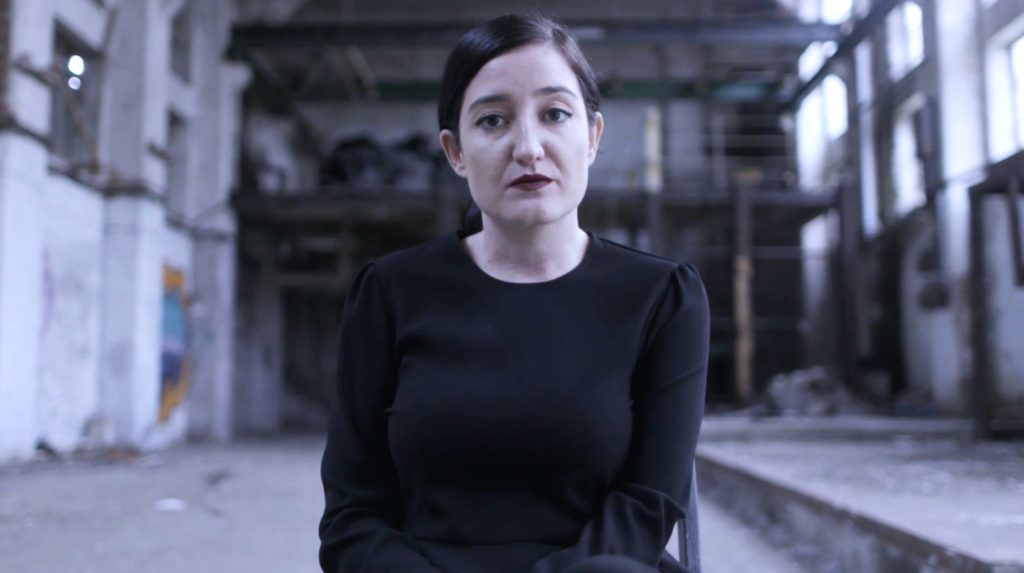In ‘The Stronger Experiment’, Adriana Páramo Pérez filmed three teams of director-actress preparing for a role in their short film adaptation of August Strindberg’s play The Stronger. The goal was to see how the same text would come across differently depending on the creative process and the extent to which the characters they created would reflect patriarchal values.
The text
I chose the play The Stronger (1889) by August Strindberg because the apparent simplicity of the story, a monologue that happens in an encounter between two women, Character X (married) and Character Y (single), reveals a more complex reality. What starts as a casual conversation turns out to be about X confronting Y (who remains silent) because she knows Y has had an affair with her husband. X’s confrontation is a series of prejudices about the role of women in society. The way the text is written allows for many layers of interpretation but a question emerges from this: who really is the stronger (X as married woman and mother, or Y as single and independent)?
The short film rules
Lars Von Trier in his film The Five Obstructions (2003), created five different scenarios for auteur Jorgen Leth to re shoot his short film The Perfect Man (1967), hoping these restrictions would force Leth to abandon his mannered style. I also formulated a set of rules hoping that common limitations would allow for a variety of creations. Each team had the freedom to adapt the text and create the character as they wished but they had three rehearsal sessions to do this, and the short film had to be shot in one location, in one day and in a maximum of five shots.
The results
In ‘team A’ director Paul S. Mauch thought the play was not about the two women but they were an excuse to touch on the bigger issue of what it means to be within or outside the limits of society. However, actress Paula Rodríguez firmly believed that this was about the experience of being a woman. In the end, by presenting X in different states of mind they created a character that has contradictory views and that confronts the audience.


Director Femi Banjo in ‘team B’ gave voice to Character Y resulting in Laura Román playing two characters or, rather, the two sides of the same coin. Laura portrayed Y as being over confident showing her superiority over X, and presented X as a weak and rigid woman.


For ‘team C’, actress Monserrat Roig de Puig and myself (the director) X’s motivation was the betrayal, not just of her husband, but also of Y (as the text indicates they were friends).


The failure?
I saw in the three short films the teams created different characters and that they all addressed prejudices against women. However, I felt the experiment had failed because none of the teams (not even my own!) decided that character X should leave her husband. For me, I felt this would have been the ultimate liberation as the original text implies she feels oppressed by her husband.
In The Five Obstructions Von Trier reveals that he too has failed because the obstructions did not manage to break down Leth making him question himself and his methods. Instead, Von Trier admits that filming the conversations with Leth about how he dealt with the obstructions became a sort of therapy for himself (and not the other way around). In the same way, I realised this failure? had turned my experiment into something else. It was no longer about the final characters but about the process, about how these directors and actresses opened up a conversation. They saw that the prejudices Strindberg writes about in the nineteenth century in The Stronger still persist nowadays. What resonated with me the most was that the characters all felt that women are still expected to be mothers and wives. And so this experiment became the first step in my PhD journey about challenging the burdens of the motherhood experience.
Adriana Páramo Pérez, PhD student in Media Arts at Royal Holloway University, London
(Follow this link for a video essay about this project)
